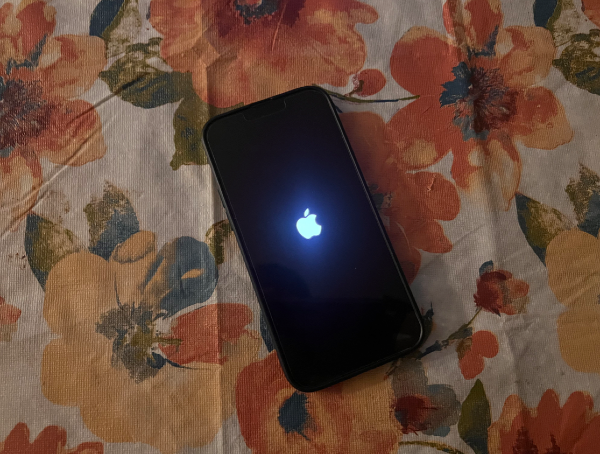Networks like 3G, 4G, and 5G are different generations of wireless networks. Everytime the first generation evolves to the next, our data speeds and connections would accelerate dramatically, making a new stage in society.
Before talking about what 6G is all about, let’s go through what the previous generations were capable of doing. The first-generation, 1G, allowed phones to make wireless calls and data speeds starting at 2.4 kilobits per second or kbps. That’s generally about it but things will start to change as each network progresses.
The second-generation, 2G, increased data transfer from 2.4kbps to 40kbps, which is over 16 times faster than the last generation. Phones are now capable of SMS (short messaging service) for texting to other people and MMS (multimedia messaging service) made sending pictures possible.
The third-generation, 3G, grabbed some serious momentum when it comes to improvement. 3G was up to fifty times faster than the previous one. It allowed for internet apps like Google or Instagram to appear on your phones. Now you could do more than just make calls.
The fourth-generation, 4G, was between fifty and five-hundred times faster than the one before it. You could watch Netflix at 1080p or play a multiplayer game with many players.
The fifth-generation, 5G, is astronomically quick in data transfers. It has almost nonexistent loading times, instant sharing, and it has an extremely low latency.
Once a new generation comes out major tech companies like Qualcomm, Samsung and others work together to figure out what the next one is going to be. Even though 5G is rolling out in 2020, companies are already working on 6G today. That’s because if companies keep releasing the next generation, they can sell technology based on those generations.
6G chips have already been built although it has passed the limits of 5G, it hasn’t reached what 6G is supposed to be capable of. As of now, 6G has a tenth of the latency from the 5G network. It’s been compared that it can download 100 hours of Netflix in a second, it’ll support ten times the number of devices, and it will be 100 times more reliable. These results aren’t final because 6G is still a work in progress. While these statistics are impressive, they don’t speak for the necessity of having this network.
Even if 6G can’t be suitable for tech like phones, it can for others. Think of cars integrated with autopilot. Tesla could better detect objects and cars from its surroundings, preventing more potential crashes. Current technology can be massively enhanced with 6G. It makes sense if society wants to see the next generation of tech, then the next generation of wireless networks becomes a necessity which allows for new kinds of machines and devices.
In spite of 5G, there is a problem with it, so with the 4G waves that get transmitted from 4G cell towers, can travel up to ten miles. 5G gets a bit iffy, the reason why higher data speeds are possible is because 5G waves are smaller higher frequency waves. They’re known as millimeter waves because it is literally one to ten millimeters. This is a problem because these waves can be blocked very easily. To give a few examples, these waves can’t penetrate through walls, they are blocked by buildings, trees, and possibly more. Add these up and it can restrict a lot of places that can’t properly receive 5G connection. 5G can’t be widespread across America and other countries.
Terahertz Waves could be what supports 6G which is a tenth of a millimeter to deliver more data speed. Considering that 6G could be a possibility requires some sort of solution. Maybe have routers inside buildings so the waves are more direct with phones capable of the new generation, or have 6G infrastructure built already so people don’t have to deal with inconsistencies from data speeds being weak all the time from poor signal.
Everytime the generations of wireless network advance, there is a huge jump in power consumption which is very terrible as a lot of carbon dioxide is released into the atmosphere. We may need to adjust how much energy is used to get rid of climate concerns in order to refine into the next generation.
Overall, 6G seems very impressive with its current statistics and potential. It’ll be interesting to see what kind of technologies pop up and the reactions from consumers once it’s ready.



















